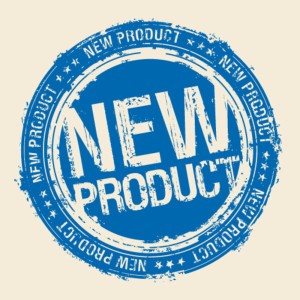

 Catastrophe modeler AIR Worldwide is marketing new software designed to estimate potential losses of reinsurance contracts and portfolios, industry loss warranties and insurance-linked securities. Willis Towers Watson recently debuted a digital tool to help organizations analyze financial feasibility and future profitability of their captive insurance strategies.
Catastrophe modeler AIR Worldwide is marketing new software designed to estimate potential losses of reinsurance contracts and portfolios, industry loss warranties and insurance-linked securities. Willis Towers Watson recently debuted a digital tool to help organizations analyze financial feasibility and future profitability of their captive insurance strategies.
***
AIR Worldwide has started marketing Touchstone Re, a new catastrophe modeling software application designed to estimate the loss potential of reinsurance contracts and portfolios, industry loss warranties and insurance-linked securities.
 AIR Worldwide, a Verisk business, said that Touchstone Re is a successor to CATRADER. It is designed to let companies model and price complex reinsurance structures, understand where their exposures are concentrated around the globe in a visually intuitive way, roll up their portfolios and view their overall risk aggregation. The product leverages AIR’s Industry Exposure Database to benchmark clients’ portfolio risk relative to the industry, and estimate loss potential when detailed exposure data may not be available.
AIR Worldwide, a Verisk business, said that Touchstone Re is a successor to CATRADER. It is designed to let companies model and price complex reinsurance structures, understand where their exposures are concentrated around the globe in a visually intuitive way, roll up their portfolios and view their overall risk aggregation. The product leverages AIR’s Industry Exposure Database to benchmark clients’ portfolio risk relative to the industry, and estimate loss potential when detailed exposure data may not be available.
Organizations that also license Touchstone will now be able to transfer loss results into Touchstone Re with just a few clicks, thus enabling users to access data quickly by line of business down to subarea resolution, without having to export it manually from one application and import it into another.
In addition to releasing Touchstone Re, AIR updated its flagship catastrophe risk modeling platform, Touchstone, to include enhancements allowing users to perform new analytics, customize the software, and improve and simplify users’ workflows.
***
Willis Towers Watson launched a digital tool to help organizations analyze financial feasibility and future profitability of their captive insurance strategies.
The new system, Captive Quantified, is a web-based, interactive design that automates due diligence and financial analysis to help organizations assess the potential value proposition of forming a captive insurance company compared to purchasing traditional insurance or retaining risk on its balance sheet. The tool also helps organizations identify the best combination of risks to include in a captive with a predetermined level of capitalization while identifying the best domicile for its needs.
![]() Additionally, users can perform live and interactive stress testing by changing assumptions and test scenarios to quickly evaluate capital adequacy and determine future capitalization needs.
Additionally, users can perform live and interactive stress testing by changing assumptions and test scenarios to quickly evaluate capital adequacy and determine future capitalization needs.
Captive Quantified is the latest release in Willis Towers Watson’s interconnected suite of quantification models and can be used in combination with other tools to support an organization’s broader risk management strategy.
Sean Rider, managing director, Consulting and Development, Global Captive practice, Willis Towers Watson, said the tool will enable more sophisticated conversations with finance decision makers as to the value, volatility and efficacy of the captive proposition at both the feasibility stage and throughout the life of the captive.
Sources: AIR Worldwide, Willis Towers Watson